Haemoglobin Thresholds for Transfusion: How Are We Doing in the Era of Choosing Wisely? A Retrospective Cohort Study
This retrospective cohort study examines red blood cell (RBC) transfusion practices at a Swiss university hospital from 2012 to 2019, in line with the Choosing Wisely initiative’s recommended haemoglobin thresholds. It reveals a trend towards more restrictive transfusion practices, with mean pretransfusion haemoglobin levels decreasing over the years. The study also found a significant reduction in potentially inadequate transfusions, indicating adherence to guidelines. Key risk factors for potentially inadequate transfusions include older age, surgical procedures, and chronic conditions. The increase in single RBC unit transfusions suggests a shift towards efficiency and caution in transfusion practices, aligning with the initiative’s goals to improve patient care and outcomes.










